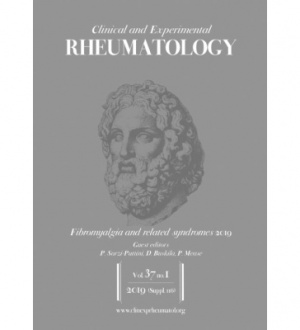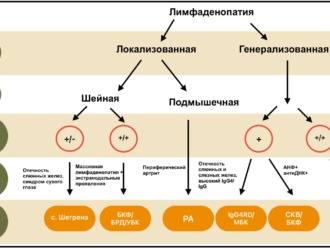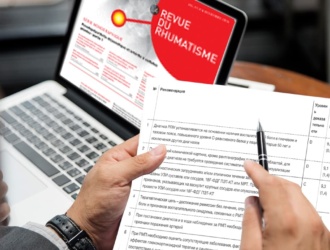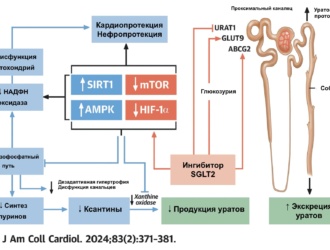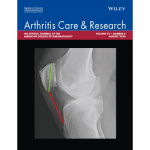 Objective
Objective
Colchicine prophylaxis to prevent gout flares when commencing urate lowering therapy is recommended by international rheumatology society guidelines. Whether this is a cost-effective intervention is currently unknown. Our objective was to perform a cost effectiveness analysis using both a United States cost input model and an Australian cost input model.
Methods
This cost-effectiveness analysis was completed from the point of view of the third-party payer. We used a two-arm decision-tree with one arm commencing allopurinol with no colchicine prophylaxis and the other with colchicine prophylaxis. Model inputs were drawn from published literature, where available. We completed univariate and probabilistic sensitivity analysis to confirm the robust nature of the modelling. The time frame for the model was 6 months.
Results
The colchicine prophylaxis arm resulted in a cost of US$ 1276 and 0.49 quality adjusted life-years (QALYs) while in the placebo arm the cost was US$ 516 and 0.47 QALYs, with an incremental cost-effectiveness ratio of US$ 34,004 per QALY gained. In Australia where cost of colchicine was much lower, the colchicine arm dominated the placebo (A$ 208 in colchicine arm vs. A$ 415 in placebo). Univariate and probability sensitivity analysis demonstrated that results were robust to changes in input parameters. In probabilistic sensitivity analysis, the probability of colchicine prophylaxis being the most cost-effective option was 93% in the United States and 100% in Australian setting.
Conclusion
Colchicine prophylaxis to prevent gout flares whilst commencing allopurinol in gout is very cost effective.
Philip C Robinson, Nicola Dalbeth, Peter Donovan
Arthritis Care Res (Hoboken). 2020 Jun 17
PMID: 32 558 298
DOI: 10.1002/acr.24 357
